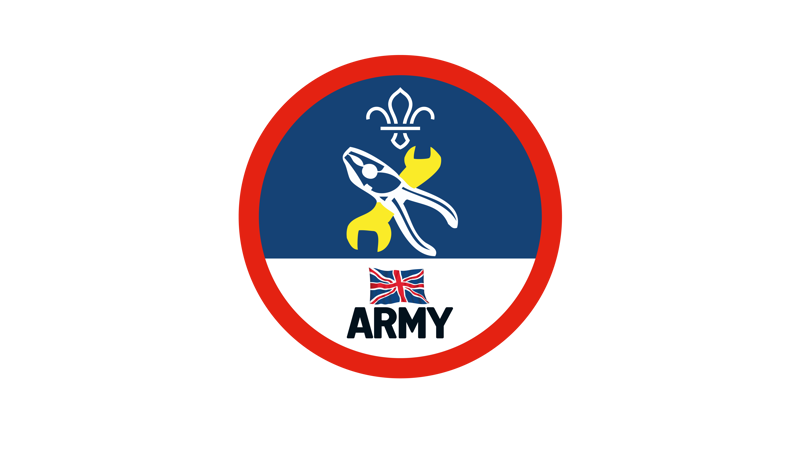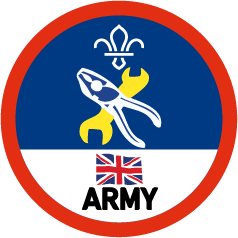
Team transformers (motorcycle)
You’ll need
- Scissors
Before you begin
- Cut out the 'Transformer cards (motorcycle)'.
Time to transform
- Hand out the cards to your group members. Some cards can be used by multiple group members, this is written on the bottom of the cards.
- Everyone will read their card. It will tell them their vehicle part, what it does and give some suggestions on how to act this out.
- Each person needs to work out where they go on a vehicle, in relation to everyone else. This should be clear from the information on the card.
- Once everyone is in position the group leader will tell everyone to transform. Group members will then act out their vehicle part, this could be a physical action, making a noise or both.
- The group should now take turns showing everyone their action individually and then explaining what part they represent and reading the description on the card.
Reflection
We travel in different vehicles every day, but do we really know how they work? Learning how things that we use all the time work can help us to use them more easily and effectively. We might also learn how to fix and maintain them too which can keep us safe and save us money.
A great vehicle works like a great team. There are lots of different parts, big and small, that are each doing their own jobs. Some are big and obvious and some are small and hidden away, but if any of the parts were removed or broken the vehicle would stop working. A great team is exactly the same, if everyone knows their job and where they are meant to be, they can work together much better.
Safety
All activities must be safely managed. You must complete a thorough risk assessment and take appropriate steps to reduce risk. Use the safety checklist to help you plan and risk assess your activity. Always get approval for the activity, and have suitable supervision and an InTouch process.
- Scissors
Supervise young people appropriately when they’re using scissors. Store all sharp objects securely, out of the reach of young people.
- Active games
The game area should be free of hazards. Explain the rules of the game clearly and have a clear way to communicate that the game must stop when needed. Take a look at our guidance on running active games safely.
- Contact games and activities
Make sure everyone understands what contact is acceptable, and monitor contact throughout the activity.
- To make the activity more difficult you could cut the cards down further, separating the part name, description and acting tips. Try only handing the part names out to groups who really want a challenge.
- If the activity is too challenging, group members can be paired or grouped up work together on different car parts.
- Many of the different car parts can be acted out using sound to support those with limited mobility.
- Any group members with difficulty reading or understanding the cards can be paired up with other group members for support.
All Scout activities should be inclusive and accessible.
This activity offers a small taster of the things looked at in the Scouts Mechanic Activity Badge. Anyone who enjoyed this should be encouraged to work towards this badge.
Further activities and information provided in partnership with The British Army can be found here.
The cards provide suggestions for parts to choose and ways to act them out. Group members should be encouraged to choose their own car parts that they want to act out and how they want to do it. As long as the parts listed in the badge requirements are used, any others can be chosen and changed.
